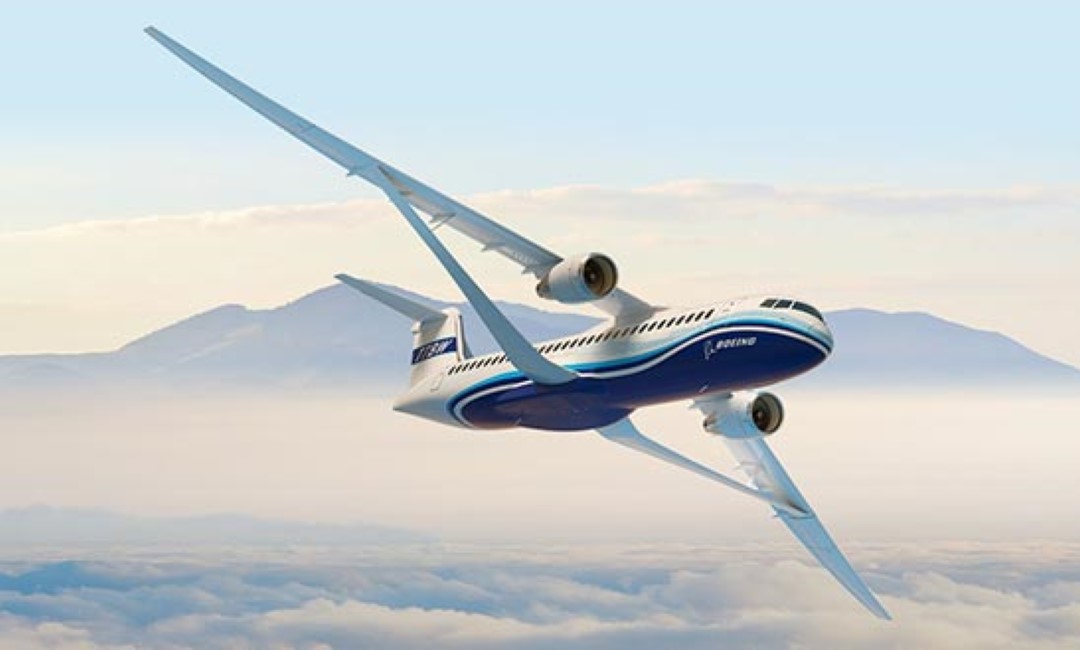This is the future of fuel-efficiency: the transonic truss-braced wing
With a $ 425-million cash injection from NASA, Boeing will build and test a full-sized airliner that burns 30 percent less fuel. The key to this massive reduction in fuel use is in the four-letter acronym TTBW, that stands for ‘transonic truss-braced wing’.
 Image by Boeing
Image by Boeing
The transonic truss-braced wing is a design concept for high-speed aircraft, where the wings are braced by structural members, or ‘trusses’, to increase their stiffness and strength at transonic speeds (near the speed of sound). This design enables the wings to maintain their shape during flight and reduces wing structural weight, resulting in improved fuel efficiency and reduced carbon emissions.
The design of the aircraft that Boeing will build and test, focuses on transonic truss-braced wing (TTBW) concept. It using long, thin, strut-braced wings to add lift, reduce drag, and burn an impressive 30% less fuel.
The TTBW concept is not entirely new. NewAtlas reports that it has seen Boeing's ‘truss-braced wing’ design concept back in 2010, as a part of the ‘Subsonic Ultra Green Aircraft Research’ (SUGAR) Volt concept it designed as part of a NASA research program.
The report states: “Structurally, that kind of thing simply doesn't work without reinforcement. So Boeing's design hangs the wings from the top of the fuselage, and braces them with long trusses coming up from the belly of the plane. These too are carefully shaped airfoils, adding extra lift as well as strength and stability.”


